
Photos by the author.
I drive up over the hill and below me is the vast water system of Emiquon Nature Preserve. From my vantage point I can see muskrat huts, hundreds of them in fact. A few minutes later I pull up to the Fulton County lake. Now, I see the muskrats themselves.
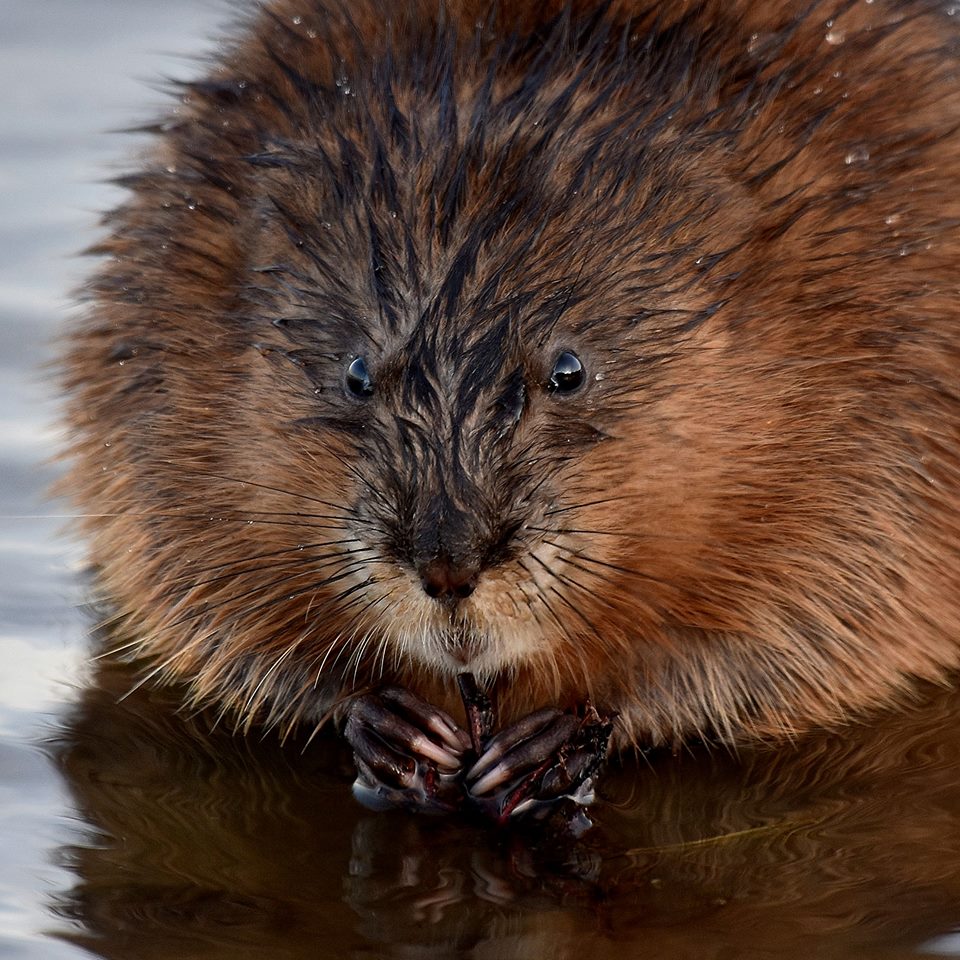
Muskrats are most active at night but often can be seen during daylight hours especially on dark and gloomy days. It was one of those gloomy days when I pulled into Emiquon.
What happened next was a quite a surprise. It was like a scene from the movie “Willard.” I, however, was not dealing with a mob of angry rats. No, I was dealing with a bunch of more content muskrats.
I had noticed several muskrats up in a grassy area near one of the backwater drainages off the main lake. I guess there must have been ten to twelve muskrats.
Crawling on my hands and knees I inched my way closer to try and get some close-up photos. Thinking I would only get so far before the muskrats scampered back to the safety of the water, I would stop occasionally to take a few shots. But as I got closer the scene stayed the same. The muskrats kept on with whatever it was they were doing.
Eventually I was flat on my stomach and surrounded by muskrats, some as close as 10 feet. It was strange behavior for sure as everyone got along together just dandy.

A wonderful population of muskrats live in this marsh as well as other areas of the state (muskrats are present in every county of Illinois). However, numbers are not like they use to be. Again, habitat loss is the main culprit. Habitat loss can be more subtle than a bulldozer or track hoe draining wetlands. It can be a loss of suitable habitat from changes in vegetation or fluctuations in water levels or flow. The loss of cattails (which provide great muskrat habitat) can happen quietly and go unnoticed as invasive species, such as reed-canary grass, move in and choke out native species. Likewise, changes in water levels, caused by tile drainage, flood events, droughts, etc., can alter the dominant vegetation and suitability of habitat.
Muskrats were a mainstay of the trapping community in years past but declining fur prices, as well as fewer trappers, decreased the number being trapped. You might think that would result in a rise in muskrat numbers, but generally you can’t stockpile short-lived species of wildlife like muskrats. They are responsive to habitat conditions and can sustain relatively high harvest pressure when habitat conditions are good. They can also disappear quickly without any trapping harvest when habitat conditions become poor. Overall muskrats are determined by the quantity and quality of habitat which includes a variety of factors such as the introduction of non-native/invasive species, changes to water levels, drainage patterns, stochastic weather events, and more.

It is a well-known fact that muskrats love cattails and other emergent vegetation and where you find cattails you will undoubtedly find a few muskrats. However, nothing in nature is static and ideal habitat conditions for one species can come and go quickly. Muskrats are a boom and bust species and big swings in their populations can happen quickly when habitats change. If cattails and emergent vegetation fade away, much like they did at Emiquon (see the article How Water Drawdowns Benefit People and Nature at Emiquon), the muskrats will fade away along with them, likely replaced by other wetland species that prefer more open water habitats. When the cattails return, so will the muskrats. Such is the cycle of life in a healthy wetland, always changing and providing habitat for so many different species.
Other Interesting Muskrat Facts
- More than 95 percent of their diet is vegetarian, but muskrats will also eat fish, frogs, crawfish and other small creatures to get through the hard times.
- Muskrats can have two to three litters per year with three to six young per litter.
- Muskrats develop into full maturity at six months of age.
- Young muskrats can swim at just three weeks of age.
- The mink is the muskrat’s main predator, but they are also preyed on by hawks, owls, eagles, coyotes, fox, raccoons, snakes and snapping turtles.
- Muskrats build and live in huts in shallow water, but deep-water dwelling muskrats will dig burrows up into the banks of these deep-water systems.
- Muskrats can swim up to three miles per hour.
- Muskrats do not hibernate, nor do they store food in their huts.
- A female muskrat can have a new litter in another den or den chamber before her other litter has left.
Learn more about muskrats at Wildlife Illinois.
Kevin Wright is an award winning outdoor writer and wildlife photographer whose work has been published in a number of publications and websites throughout the country. He lives and works out of central Illinois.






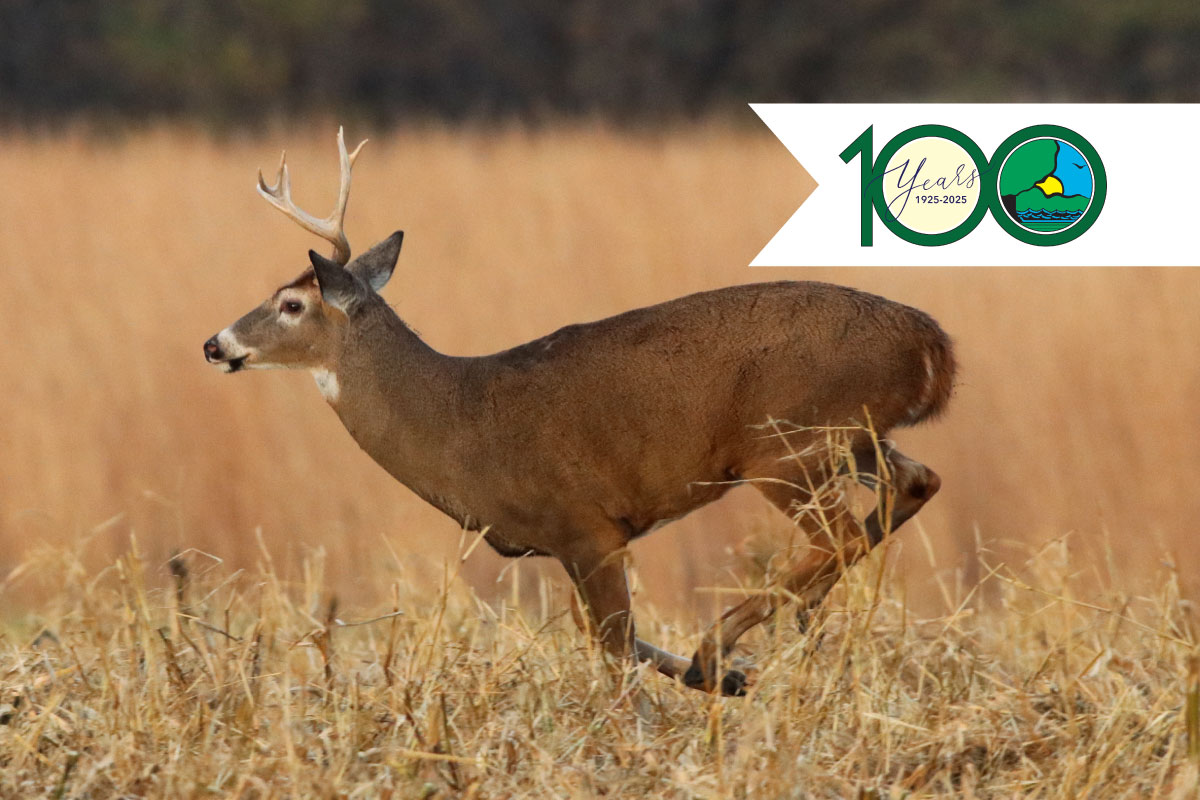

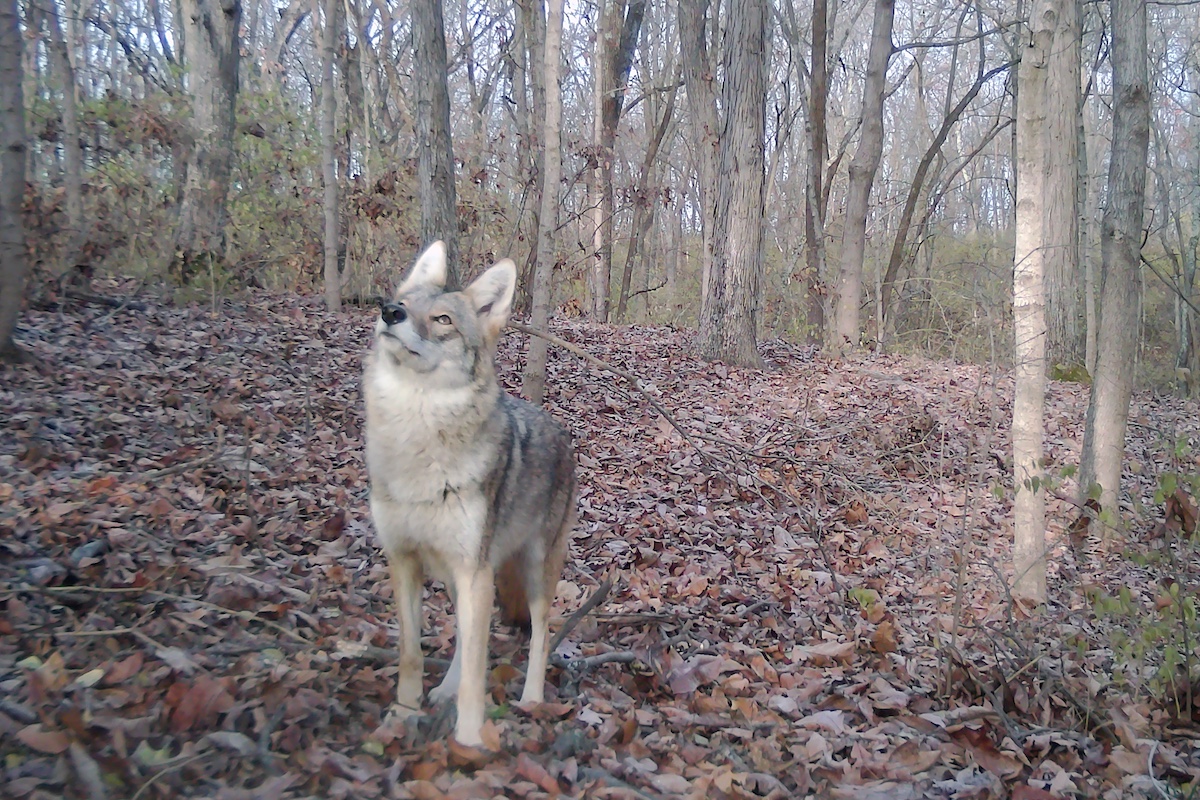
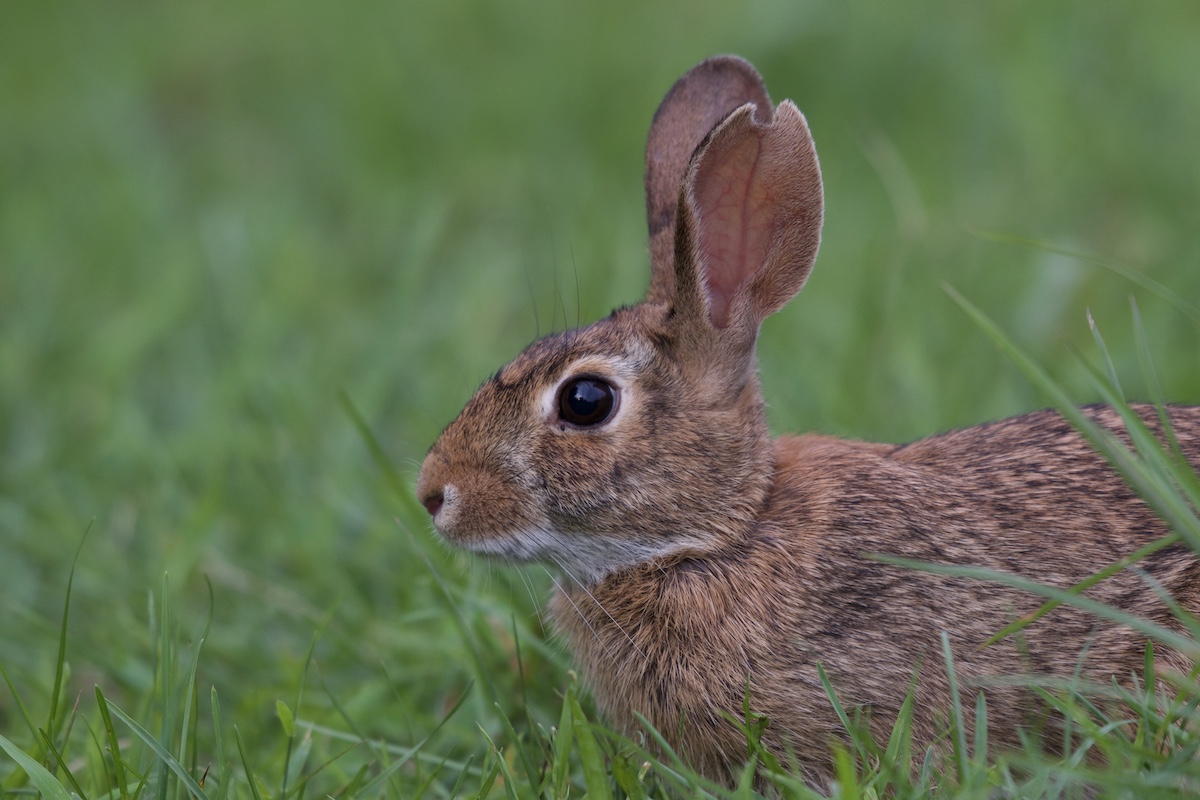
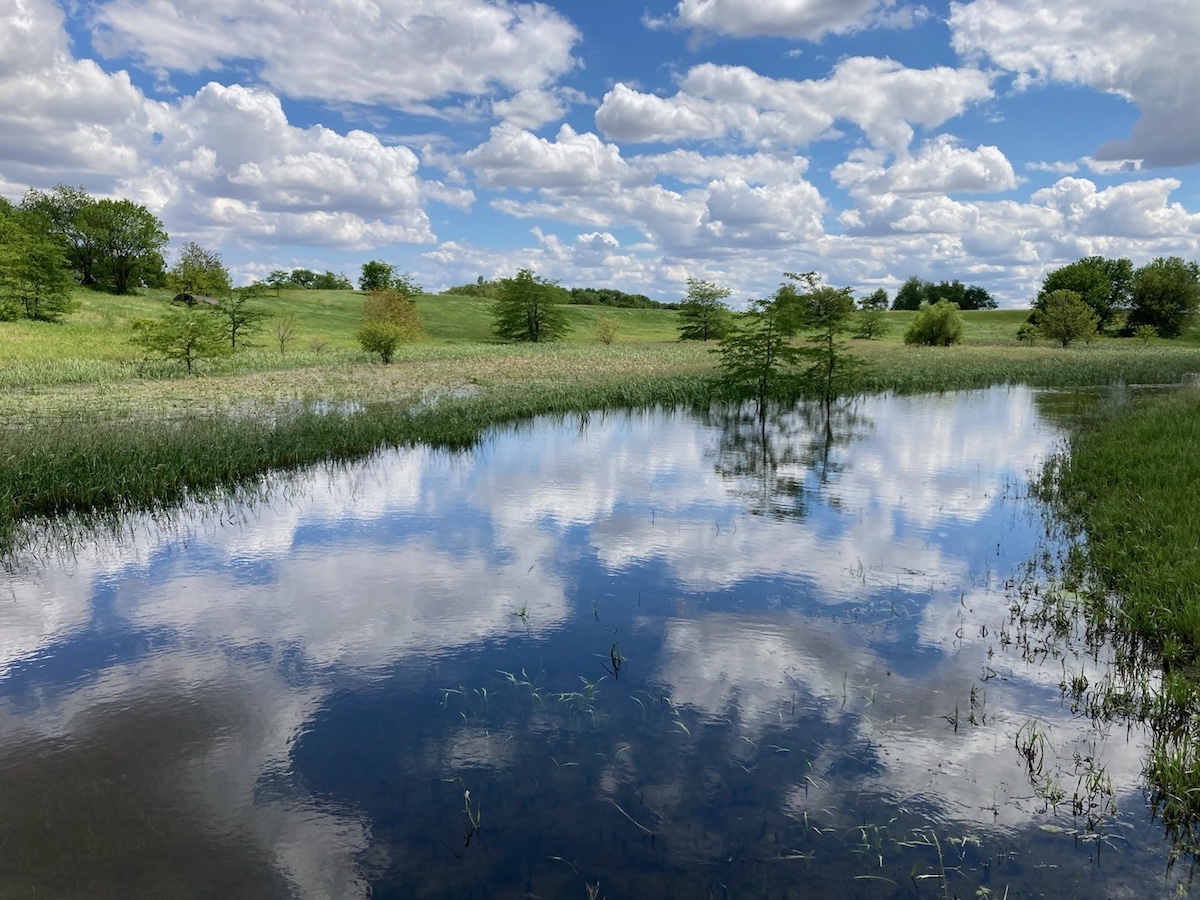
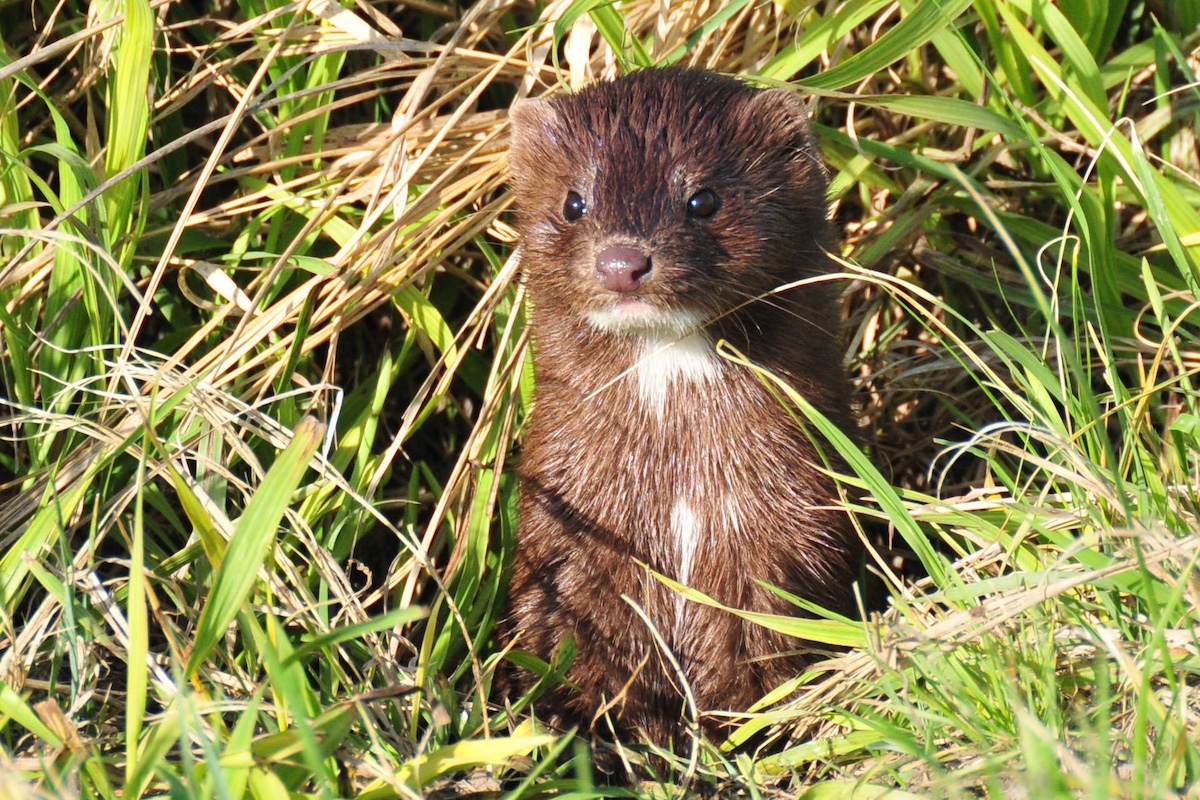
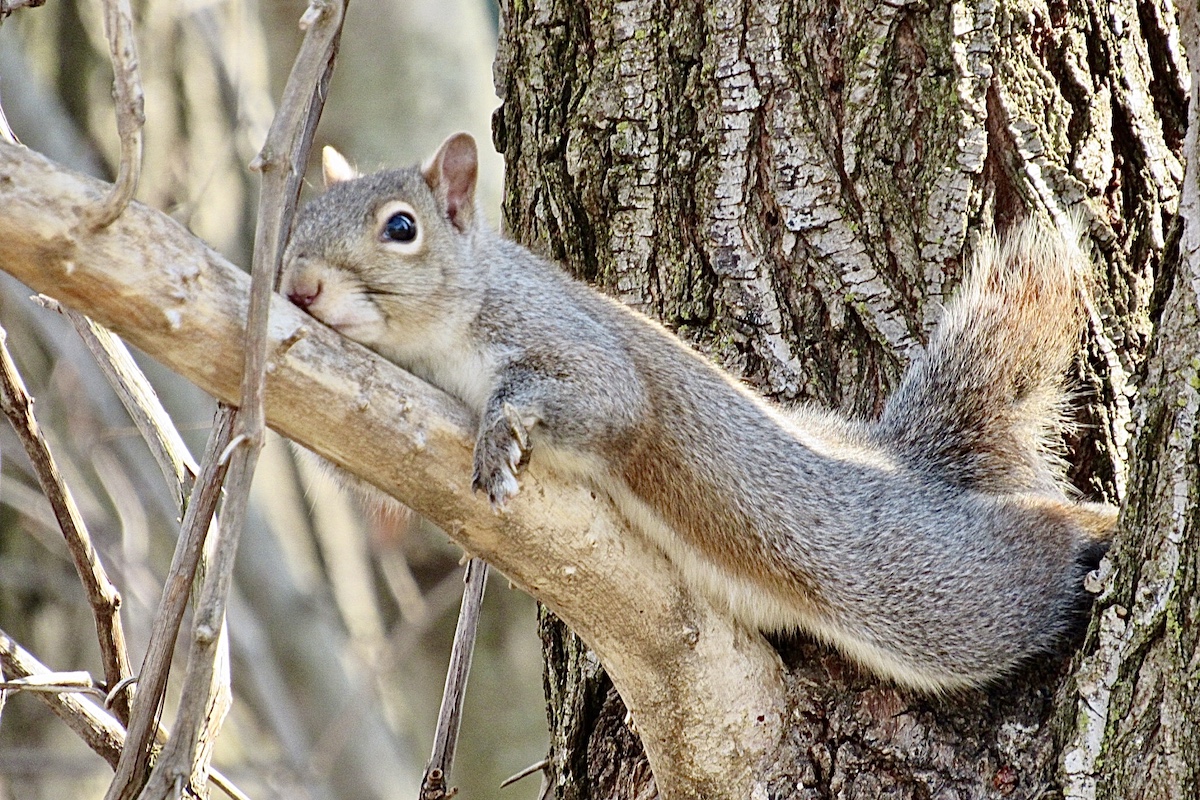



Submit a question for the author